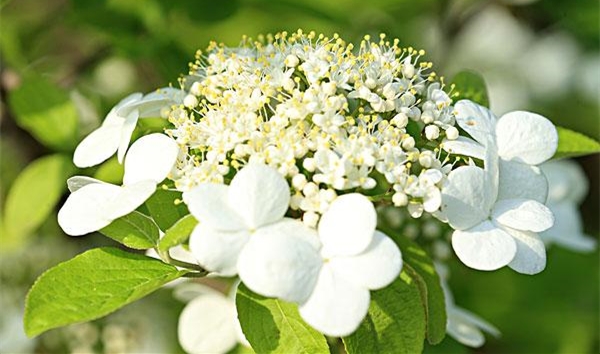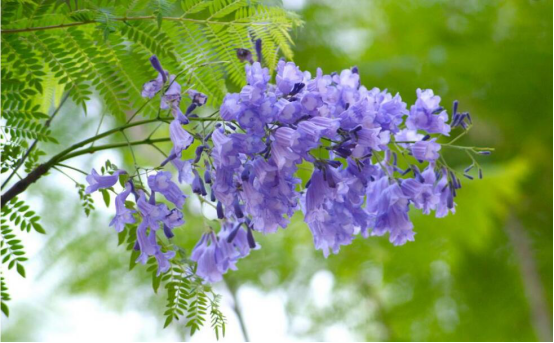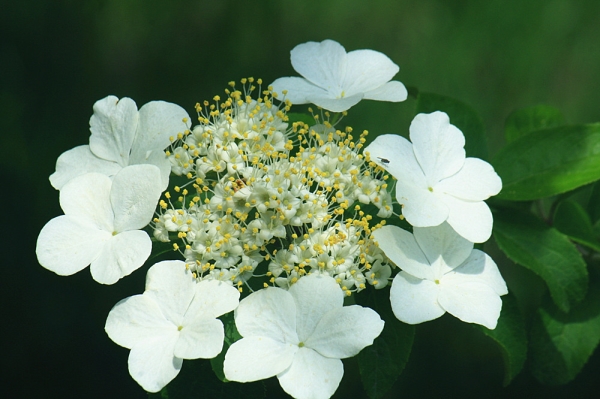Culture methods of Qionghua
The suitable growth temperature of Qionghua is between 15 and 30 ℃. It is a kind of plant that likes shade and has strong cold tolerance, so it is best to plant it in slightly acidic and neutral soil for cooling by spraying water in summer.

The cultivation method of Qionghua soil
Qionghua likes to grow in slightly acidic and neutral soil, and should not be cultivated in alkaline soil. Its root system is relatively developed and it is easy to survive when transplanting.
Light
Qionghua is a kind of plant that likes shade and tolerates shade, and has strong cold tolerance, so it is particularly difficult to spend summer if it is high and muggy in summer, so we must avoid sun exposure in summer and should provide timely shade and cooling treatment.
Temperature
The suitable growth temperature of Tianmu Qionghua is between 15 and 30 ℃. When planting, you can keep it indoors for a period of time, and then move it to an outdoor shaded place for a period of time, so that it can grow and develop well alternately.
Fertilization and pruning
After the leaves fall every autumn, dig a ditch around Qionghua and apply 2 shovels of compost, then cover the soil and water it, and blossom more in the second year. Proper pruning was carried out once a year in autumn to cut off long and weak branches, cut short and long branches, and cut off residual ears and dead branches in early spring.
Has everyone learned the breeding method of Qionghua? Do you know what functions and functions Qionghua needs?
Culture methods of Qionghua
Cultivation and management
The shelled seeds generally emerge after about a month, and the seedlings should be properly shaded when they just come out of the first pair of leaves, especially at noon, so as not to let the sun shine directly on the seedlings, lest the water transpiration is too fast and wilt the young leaves. If the leaves are found to curl and recover immediately in the evening, it shows that the transpiration of leaves is greater than that of roots, which is a common phenomenon under hot or dry conditions. Qionghua did not grow fast when it was sown and emerged in that year. The growth began to accelerate obviously in the second year, and when it grew to more than 10 cm, the terminal buds could be removed according to the size of the basin to promote the rapid growth of lateral buds and prepare for pot modeling and grafting.
Pest control
Qionghua has strong adaptability, sandy soil, clay and general soil can be cultivated, and the roots of seedlings cultivated with sandy soil are developed. Attention should be paid to the diligent application of thin fertilizer in the peak growing season. If it is found that the leaves are yellowing, the leaves can be sprayed with ferrous sulfate solution of 1 to 1000. Qionghua leaves have more fur and are generally not susceptible to insect pests. However, the degree of keratinization of the lower epidermis is low, and the secretion of some bacterial spores during germination can dissolve this part of the cuticular layer, so it is usually necessary to spray Bordeaux solution during the plum rain season. In addition, due to the moderate refraction of Qionghua cuticle, it is not suitable for direct exposure in summer days.
- Prev

Culture method of Blue couplet Flower
1. Temperature and light Blue couplet flowers are originally produced in tropical America. They like warm, humid, sunny environment and are not resistant to cold frost and snow. It is suitable for growing in places where the temperature is between 22 and 30 degrees Celsius. If the temperature is lower than 15 degrees, the blue flower will stop growing and even be frozen.
- Next

Matters needing attention in breeding Qionghua
When sowing and breeding, we should carefully select the substrate, and the factors we need to consider are whether it is fertile and whether the drainage performance is good or not. And we should also do it in a semi-shaded environment and be careful not to be exposed to too much light. The time of reproduction is better in the early spring, so that the survival rate is higher.
Related
- Fuxing push coffee new agricultural production and marketing class: lack of small-scale processing plants
- Jujube rice field leisure farm deep ploughing Yilan for five years to create a space for organic food and play
- Nongyu Farm-A trial of organic papaya for brave women with advanced technology
- Four points for attention in the prevention and control of diseases and insect pests of edible fungi
- How to add nutrient solution to Edible Fungi
- Is there any good way to control edible fungus mites?
- Open Inoculation Technology of Edible Fungi
- Is there any clever way to use fertilizer for edible fungus in winter?
- What agents are used to kill the pathogens of edible fungi in the mushroom shed?
- Rapid drying of Edible Fungi

